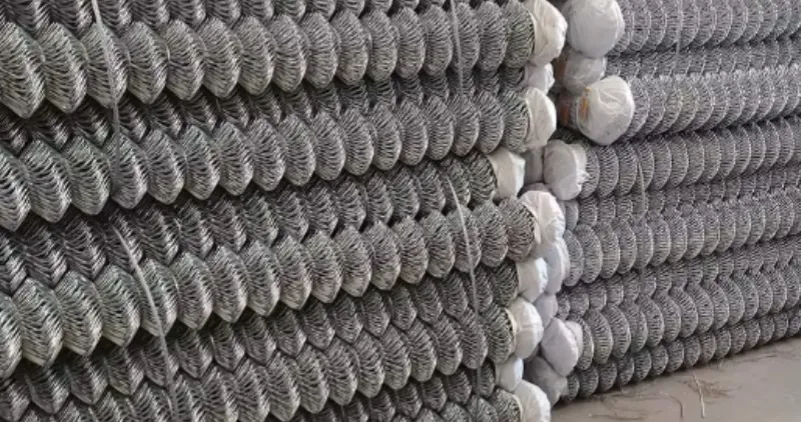-
 Phone:
Phone: -
 Email:
Email:

barbed wire fence cost
Understanding the Costs of Barbed Wire Fences
Barbed wire fences are a popular choice for both agricultural and residential properties due to their effectiveness in keeping livestock contained and enhancing security. While the simplicity of barbed wire fencing may give an impression of low costs, various factors come into play that can significantly affect the overall expense. This article will detail the costs associated with barbed wire fencing, helping you to plan your budget effectively.
Initial Material Costs
At the outset, the materials required for a barbed wire fence are primary cost factors. The key components include the barbed wire itself, fence posts, and additional hardware such as staples or clips.
1. Barbed Wire Prices for barbed wire can fluctuate based on quality and gauge. On average, a roll of barbed wire (typically 1,320 feet) can cost between $100 and $200. Higher quality wires or those designed for specific purposes may command a premium.
2. Fence Posts The choice of posts significantly influences the total cost. Wooden posts range from $5 to $15 each, while metal T-posts may cost around $3 to $10 each. The spacing of the posts will depend on the type of land and the fence’s purpose, but generally, posts are placed every 10 to 12 feet.
3. Hardware Additional materials include barbed wire clips, staples, and anchor pins necessary for secure installation. A pack of these supplies can cost anywhere from $10 to $50, depending on the quantity and quality.
Labor Costs
If you’re considering DIY installation, you can save a considerable amount by skipping labor costs, which can typically range from $2 to $4 per linear foot for professional installation. Labor expenses are influenced by various factors, including local wage rates, the complexity of the fencing project, and whether any special equipment or machinery is required for installation.
Additional Considerations
barbed wire fence cost

1. Terrain The type of terrain where the fence will be installed can impact costs. Rocky or uneven land may require additional labor and equipment, increasing overall expenses. If the land needs to be cleared, that could add another layer of cost.
2. Permits and Regulations Before beginning any fencing project, it’s essential to check with local authorities regarding zoning laws and potential permit requirements. Some areas may impose restrictions on the height or type of fence, which could influence your design and ultimately your budget.
3. Maintenance Costs Once installed, a barbed wire fence will require periodic maintenance. Weathering, rust, and physical damage from animals or natural events might necessitate repairs. The maintenance costs can average around $0.20 to $0.50 per linear foot annually, depending on conditions.
Calculating Overall Costs
To estimate the total cost of your barbed wire fencing project, you should account for the following
- Total Length of Fence in Feet Determine how many feet of fencing you need. - Material Costs Calculate the cost of barbed wire, posts, and hardware based on the above averages. - Labor Costs Include installation costs unless you plan to do it yourself. - Miscellaneous Costs Factor in terrain preparation, permits, and potential maintenance needs.
For example, for a 500-foot fence, your material costs alone might range from $400 to $800, excluding installation, which could add another $1,000 if you hire professionals. Therefore, you could be looking at a range of $1,400 to $1,800 or more for the entire project.
Conclusion
Barbed wire fences can be an affordable and effective solution for property delineation and security. Understanding the various components that contribute to the overall cost will enable you to budget accurately and make informed decisions. Whether you're a farmer looking to contain livestock or a homeowner seeking to enhance security, taking the time to analyze costs can lead to a successful fencing project that meets your needs without breaking the bank.
-
Wire Mesh for Every Need: A Practical SolutionNewsJul.25,2025
-
Steel Fences: Durable, Secure, and Stylish OptionsNewsJul.25,2025
-
Roll Top Fencing: A Smart Solution for Safety and SecurityNewsJul.25,2025
-
Cattle Farm Fencing Solutions for Maximum SecurityNewsJul.25,2025
-
Affordable Iron Binding Wire SolutionsNewsJul.25,2025
-
Affordable Galvanized Wire SolutionsNewsJul.25,2025
-
Wire Hanger Recycling IdeasNewsJul.25,2025








